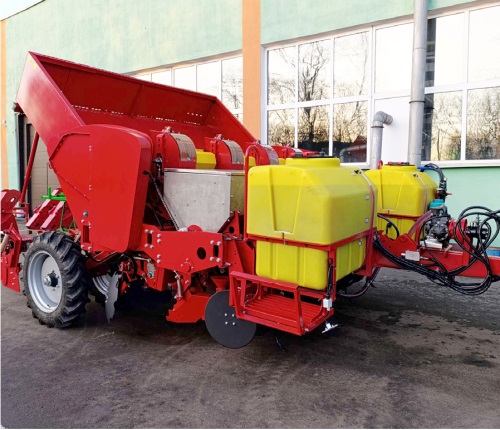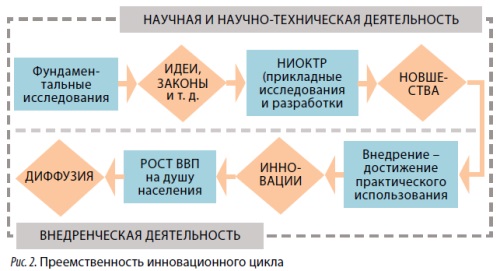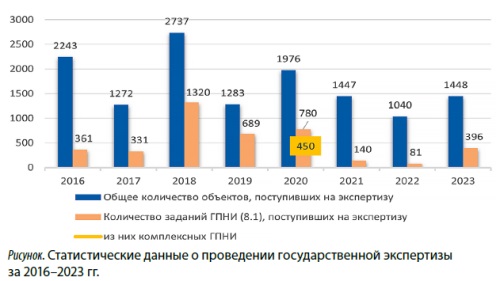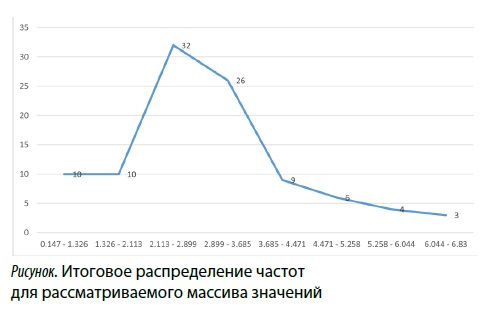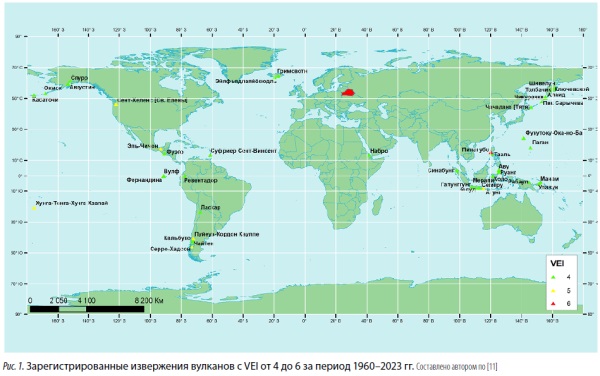ТЕМА НОМЕРА: МЕХАНИЗАЦИЯ АПК
The article describes the trends in the development of the agro-industrial complex of Belarus and its leading industry, agriculture, as the most important component of the economy.
The author considers the historical path of the Scientific and Practical Center of the National Academy of Sciences of Belarus for Agricultural Mechanization which is an important link in the system of support and development of the agricultural sector, and presents the machines and equipment developed by the Center and mastered in production.
It is an interview with Alexander Bliznyuk, Director of the Experimental Plant of the Scientific and Practical Center of the National Academy of Sciences of Belarus for Agricultural Mechanization, about the components of success and how it is achieved.
The financial potential of agricultural business was considered as a multifold economic category in financial science and a new object in the financial management system. There were defined and presented the following components of the author's theory of the agricultural business financial potential: a categorical apparatus was formed and studied (general categories, categories of economic (and financial) science, private, sectoral); the interrelations and interdependencies between the studied subject and other economic phenomena (with incoming and outgoing cash flows, resources, investments, government support measures, etc.) were identified; fundamental prerequisites of the theory (scientific, socio-historical, socio-economic, methodological), principles of its organization and action (primaсy, realization of financial potential through production and economic activity, indivisibility (wholeness), increase, inseparability, relativity of assessment, comprehensiveness, system approach, use for justification of monetary investments) were substantiated.
INNOVATION ECONOMY
The article examines the phenomenon of social innovations, which has been actively discussed in national science since the 1970s. The author of the article gives his own definition of social innovations – these are new and modernized services and works in the social sphere aimed at developing the human capital of citizens: knowledge, experience, innate skills and abilities, health and motivation to work. This definition is the result of a scientific synthesis of national and foreign interpretative approaches. The essence of social, economic and scientific-technical progress is considered and the relationship between them is determined. Scientific and technological progress consists in the widespread use of process, product and social innovations due to the launch and operation of mechanisms for the implementation of developments preceding innovations. The structure of mechanisms for the introduction of developments is studied using the «black box» method. A universal indicator for assessing the social effect of innovation is proposed – the percentage (level) of achieving absolute satisfaction with it.
An analysis of the state expertize of composite assignments in state scientific research programs is presented. The reasons for the inexpediency of combining individual research projects into composite assignments are shown.
The article puts forward a hypothesis about the dependence of the development of the sphere of physical culture and sports on the introduction of innovations, where the predetermining factor is innovative work. Based on a critical analysis, a definition of the concept of innovative work is given. The essence, classification characteristics and properties of innovative labor as an economic category, and innovative labor in the field of physical culture and sports are determined. Taking into account the norms of labor law, a range of professions in the field of physical culture and sports of the Republic of Belarus has been determined that have signs of innovative work.
DIGITAL PERSPECTIVE
This work is devoted to the study of the prerequisites for the emergence of such a phenomenon in the field of working with information as Big Data, the definition of its quantitative and qualitative characteristics, the study of methods and principles of working with large amounts of data. Both the positive and negative sides of this category of information are highlighted, and the risks associated with its imperfection are analyzed. The study is based on the relationship with the field of financial analysis, and shows the impact of management decisions based on it using Big Data, both on the work of the enterprise and on individual sectors of the economy in which it carries out business activities. Acquiring the necessary skills and techniques for processing big data will not only secure the organization and the economic spheres of society, but also reach a completely different qualitative level of analytics, which can also contribute to Russian science.
The article presents an approach to constructing distribution series for assessing the activities of legal entities that are united by some typical feature characterizing their business activities. In addition, an algorithm is described for analyzing the values of a set of companies when analyzing the state of the industry or market to which they belong. A variant of displaying the results of the analysis of the activities of legal entities similar from the point of view of the market is proposed, which is based on the analysis of the nature of the distribution of data for a number of companies that were obtained based on the results of their business activities for the reporting period or are commercial results of activities during certain time intervals. The conclusion describes the proposed directions for using this approach when analyzing financial or commercial data of a set of similar companies.
ЭКОНОМИКА КАЧЕСТВА
The author gives the institutional analysis of the quality management.
КИТАЙ – МОДЕЛЬ УСПЕХА
The article analyzes the conceptual framework of the cultural and creative economy and the digital economy of culture, substantiates their nature and shows the relationship using the example of China. It also assesses the digitalization of cultural heritage and modern cultural artifacts impact on the GDP growth and production efficiency. The problems of the cultural economy impact on the quality of products and the business environment, the role of the state in supporting the traditions and culture were considered, as well as the advanced world experience to form a post-industrial economy and adjust it to achieve national goals of sustainable development.
ПАТЕНТНЫЙ КОМПАС
The article examines the role of intellectual property in building an innovative economy in the world and in the Republic of Belarus. A comparative analysis of the intellectualization of the economy showed that in many respects these trends do not coincide. The author identified existing problems in this area. It is shown that intellectual property has a dual nature, being both a legal and an economic category. The article defines directions for improving innovation activities in the Republic of Belarus based on effective management of intellectual property. A conclusion was made about the need to strengthen the influence of intellectual property on the country's economy. The author proposes measures to strengthen the economic component of intellectual property and introduce changes in the training of personnel for the innovative economy.
ИСТОРИЯ ОДНОГО ПРОЕКТА
Various aspects related to the invention of the computer and the dynamics of the industry, as the progenitor of modern IT, development in Belarus and the world are analyzed in detail, with deep immersion in the historical context.
ПРИРОДОПОЛЬЗОВАНИЕ
The article considers the relationship between volcanic eruptions in different regions of the Earth and changes in meteorological indicators in Belarus, which affect the state of its forest vegetation and the natural environment as a whole. These problems are studied as being related to the climate elements of our country.
DISSERTATION RESEARCH
The presented article presents the results of a study of gas transport function and acid-base state of blood in 111 patients with diaphyseal fractures of the leg bones under metabolic therapy. The patients were divided into 2 study groups. The comparison group consisted of 45 people who received standard treatment tactics in the early postoperative period. The main group included 66 individuals, in whom the standard treatment tactics were supplemented with a complex of antioxidant therapy and hyperbaric oxygen therapy. Metabolic therapy led to the correction of metabolic acidosis, gas transport function of the blood and normalization of the acid-base balance of the blood, which indicates stimulation of reparative osteogenesis in the fracture area.
ISSN 2412-9372 (Online)





